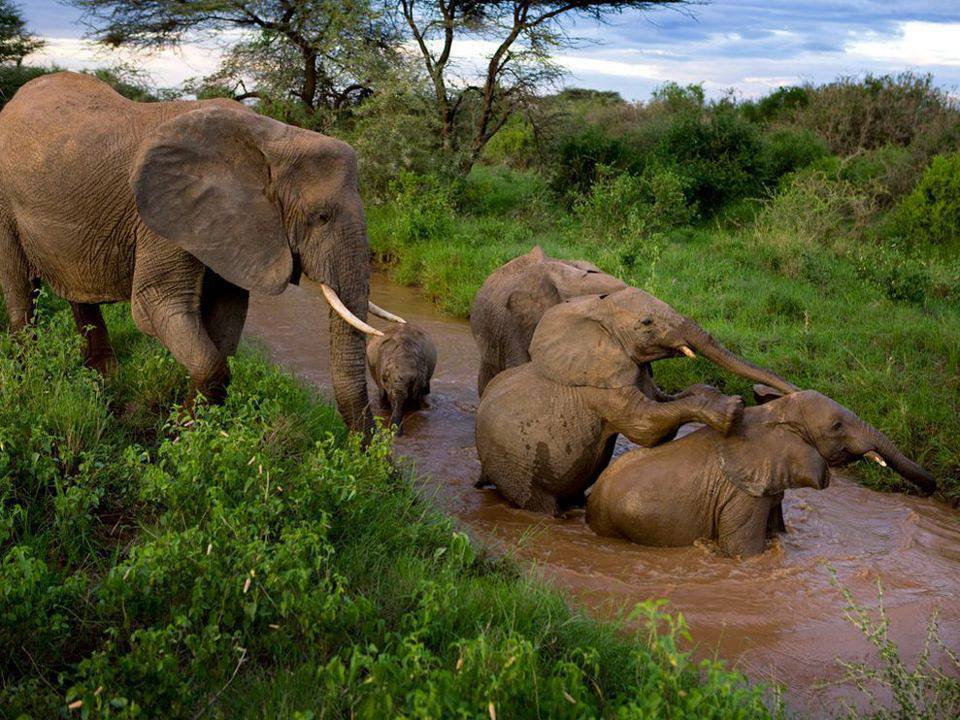Welcome to Ghana, a place of beautiful wildlife sanctuaries that provides the marvellous sights of nature.
Digya National Park which is the second largest national park and the oldest protected area in Ghana is located in the Bono East Region. Created in 1900 and given national park status in 1971, the park is said to be the only wildlife territory in Ghana to have Lake Volta at its borders.
It was acquired by the government and gazetted as a national park in 1971. When the government acquired the park, there were living settlements in the park, with most of the residents being fishermen and farmers. In 2006, there were 49 settlements and the government of Ghana began evicting settlement residents from the park. In early 2005, a patrol-based system was established in the park to curb illegal activity.
The park is home to at least six species and elephants belonging to some of the less-studied species in Africa. The elephant population in the park is the second largest in Ghana.
Antelope species can be found at the park as well.
More than 236 species of birds have been recorded to live in the park.
The lesser-known wildlife sanctuary is the Gbele Game Reserve and bird sanctuary, 17 km south of Tumu. It is an important sanctuary for endangered species of wildlife within Ghana. The reserve is also home to buffalo, hippo, elephant, buck and the country’s largest herds of roan antelope, although many species are rarely seen. Birdwatchers consider this an important habitat for indigenous and migratory species of birds.
The international Stingless Bee Center is a sanctuary for stingless bees and a place of environmental education.
The bees naturally do not sting because their abdomens do not have a stinger. There are several attractions which include: a stingless bee tour, the bee walkway in a secondary forest with bamboo theatre halls, and the tropical pollination garden.
A tour is given to visitors where they can see the stingless bees that are at the Centre. You can get information about stingless bees and how their hives are maintained. In addition, visitors are informed about the role of stingless bees in food production, primary health care, biodiversity conservation, and climate change.
The centre provides training and workshops for interested farmers, beekeepers, agricultural extension agents, students, researchers and the general public.
DIRECTIONS
From Accra, you get a bus at the Kaneshie – Cape Coast Station. Once you would get a bus going to Twifo – Praso at Kotokroaba Station. Tell the mate that you want to alight at Abrafo. On the opposite side of the Methodist Church turn right. You will walk about 15min to the ISBC(International stingless bee Centre) which will be on your left with a big yellow sign.
Accommodation
A day trip is usual for tourist.
Nearby accommodation can be found at The Rainforest Lodge 1km and Hans Cottage Botel around 30km away.
Be inspired by the quote below from, Drew Lanham
“To save wildlife and wild places the traction has to come not from the regurgitation of bad-news data but from the poets, prophets, preachers, professors, and presidents who have always dared to inspire.”
Read also: Wildlife Reserves in Ghana
SOURCE: amedzovillage.com
Visit Ghana.com


